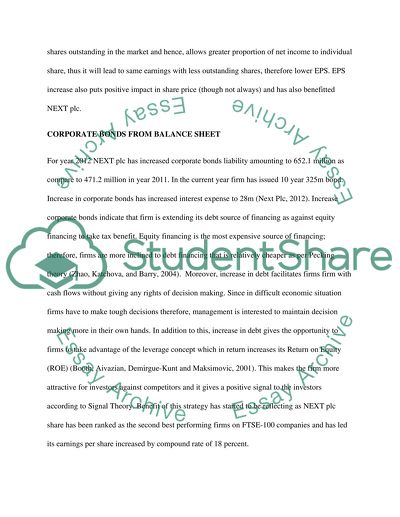Cite this document
(Financial Statement of Next Plc Assignment Example | Topics and Well Written Essays - 1750 words, n.d.)
Financial Statement of Next Plc Assignment Example | Topics and Well Written Essays - 1750 words. Retrieved from https://studentshare.org/finance-accounting/1461126-finance
Financial Statement of Next Plc Assignment Example | Topics and Well Written Essays - 1750 words. Retrieved from https://studentshare.org/finance-accounting/1461126-finance
(Financial Statement of Next Plc Assignment Example | Topics and Well Written Essays - 1750 Words)
Financial Statement of Next Plc Assignment Example | Topics and Well Written Essays - 1750 Words. https://studentshare.org/finance-accounting/1461126-finance.
Financial Statement of Next Plc Assignment Example | Topics and Well Written Essays - 1750 Words. https://studentshare.org/finance-accounting/1461126-finance.
“Financial Statement of Next Plc Assignment Example | Topics and Well Written Essays - 1750 Words”, n.d. https://studentshare.org/finance-accounting/1461126-finance.


